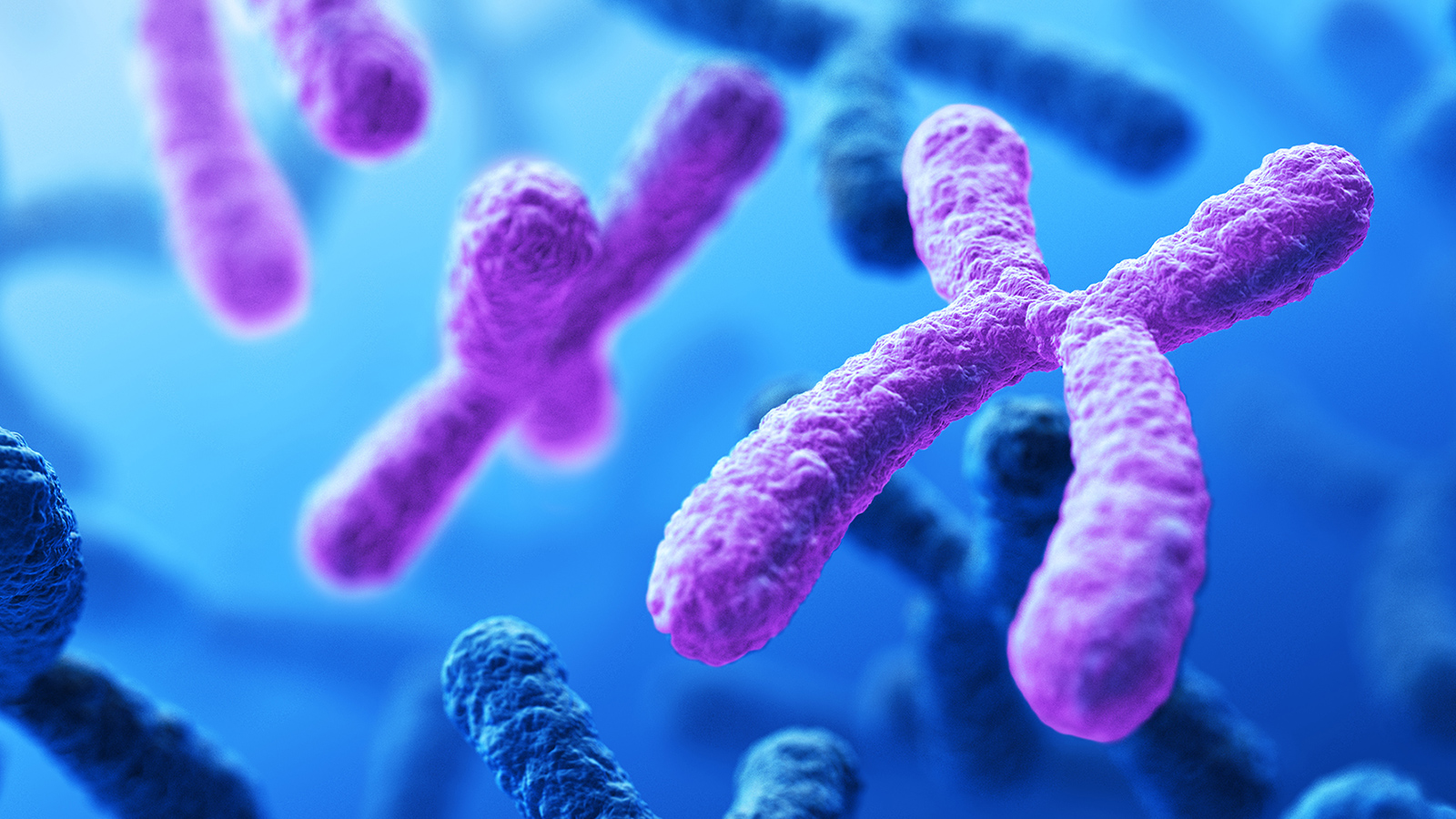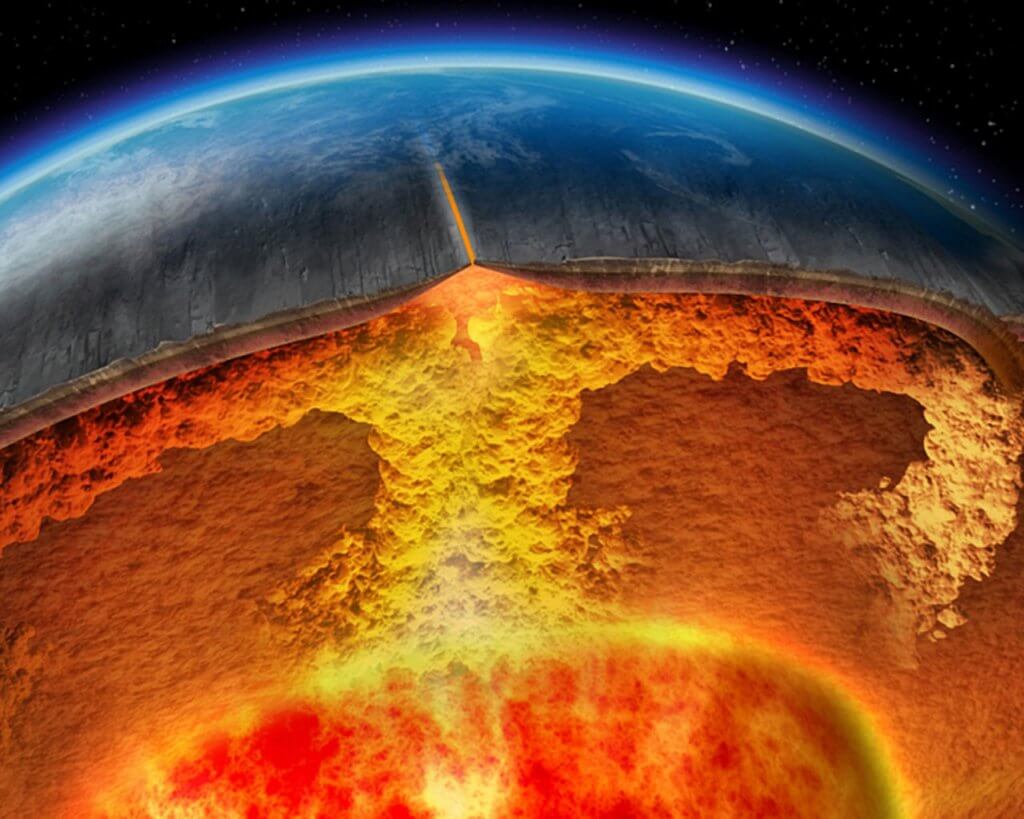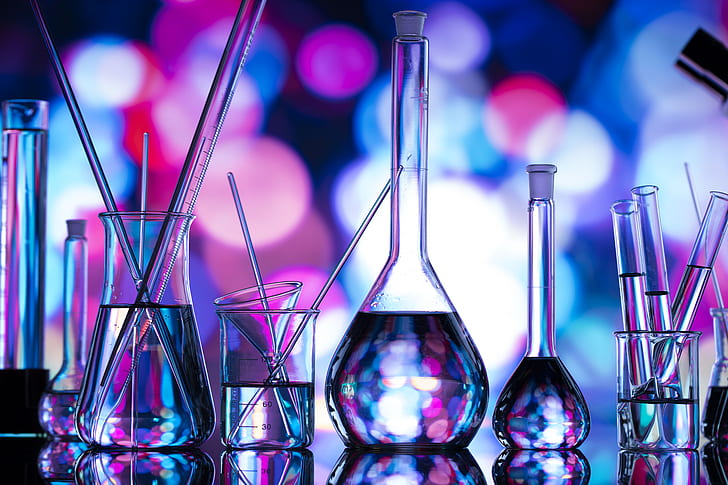Science
Motion
Scalar and vector quantities Scientists often make measurements. The physical quantities they measure fall into two categories: scalars and vectors. Scalar and vector quantities are treated differently in calculations. Scalar quantities A physical quantity is something that can be measured. Scalar quantities only have a magnitude or size. Examples of scalar quantities Read more…





